Between c. 320 and 550 AD. The Gupta Empire included northern, central and parts of southern India. The achievements in art, architecture, science, religion and philosophy are well known in this period. Chandragupta I (320-335 AD) began the rapid expansion of the Gupta Empire and quickly established itself as the empire's first autonomous ruler. It represented the end of 500 centuries of regional domination of power and the accompanying unrest, which began with the fall of Mauryas.
Even more decisively, it marked the beginning of a time of general wealth and prosperity in India that lasted for the next two and a half centuries and was called the "golden age" of history. However, the seed of the empire was sown at least two generations earlier, around 240 AD, when Srigupta, then only a regional monarch, began the heyday of the dynasty.
The kings of the Magadha state (now Bihar) in northeastern India housed the Gupta Empire dynasty. From the early fourth to the end of the sixth century AD. they ruled over northern and parts of central and western India. There were challenges to many assumptions in thorough studies of Indian society and culture. Historians once considered the Gupta period as India's classical age.
Gupta period:From beginning to end
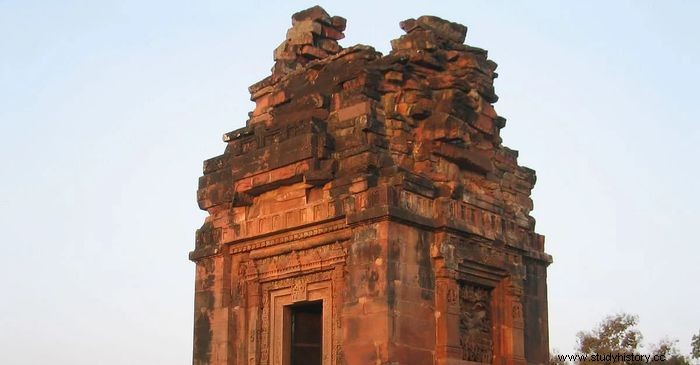
During the Gupta Empire, there was the establishment of Indian literature, art, architecture and philosophical norms. However, many assumptions have been challenged by more extensive studies of Indian society and culture between the Mauryan and Gupta periods. For example, the decimal system with notation, the great Sanskrit bags, Hindu art, and contributions to the disciplines of astronomy, mathematics, and metallurgy were traditionally attributed to the Gupta era.
Little is known about the first years of the Gupta dynasty. The most reliable sources of knowledge about that time are the travel diaries and writings of Buddhist monks who visited this part of the world. In this regard, the travelogues of Fa Hien (Faxian, ca. 337–422), Hiuen Tsang (Xuanzang, 602–664) and Yijing (I Tsing, 635–713) are invaluable.
Under Srigupta (about 240-280 AD), the Gupta Empire was confined to Magadha and perhaps part of Bengal. Srigupta ruled from Pataliputra, near present-day Patna, as Mauryas and other Magadha monarchs before him. Ghatotkacha (c. 280 - 319 AD), son of Srigupta, succeeded to the throne.
Chandragupta I
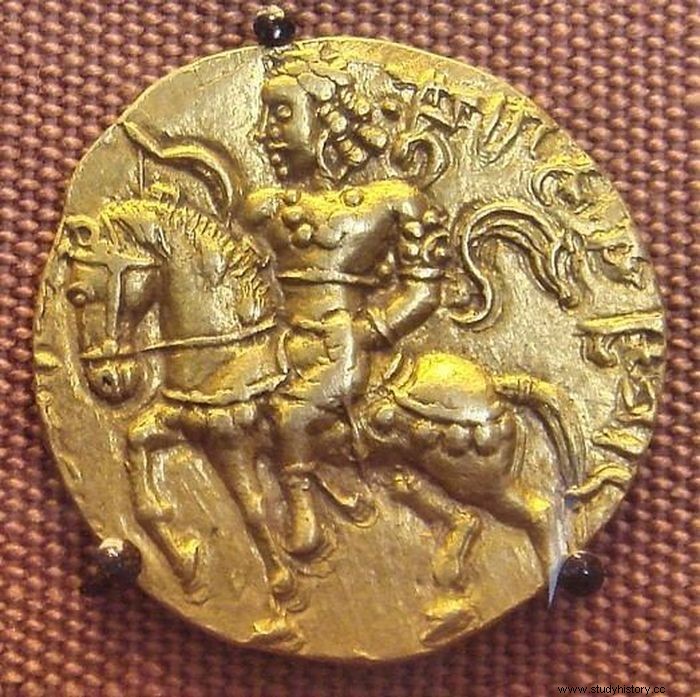
The kings of the Gupta Empire learned the value of having a cavalry from Kushan, the mighty ruler Chandragupta I, who used the great army abundantly. Chandragupta, I gained control of huge iron ore mines near his kingdom because of his marriage to Licchhavi princess Kumaradevi. Metallurgy had developed to a point where wrought iron was no longer just used to meet internal requirements, but became a lucrative commodity. The territorial rulers of various parts of India could not defeat Chandragupta in their overwhelming armed forces and were forced to submit to him. It is believed that by the end of his reign, the Gupta Empire had already expanded to include Allahabad.
Chandragupta Is' son Samudragupta (c. 335 - 375 AD), who succeeded him, was a military genius who maintained the kingdom's expansion. Samudragupta shifted attention to southern India after conquering all of northern India, and by the end of his southern campaign he had added part of it to his empire. The Gupta Empire stretched from the northern Himalayas to the Krishna and Godavari rivers in the south. During his reign, it extended from Balkh, Afghanistan, in the west to the Brahmaputra River in the east.
Rule
Samudragupta was especially dutiful with regard to raj dharma (royal duties) and took extra care to follow Kautilyas (350-275 BCE) Arthashastra (an economic, social and political book with explicit instructions about the kingdom) to the letter. He donated huge sums of money to various charitable causes, especially the promotion of education. He was a poet and musician in addition to being a brave king and skilled administrator. His diverse expertise is demonstrated by the enormous amount of gold coins he has circulated.
The column of Allahabad, an inscription most likely commissioned by future Gupta monarchs, is most emphatic about his human qualities. Samudragupta was also a strong believer in promoting friendship between different religious groups. For example, he gave permission and support to Meghavarna, the king of Ceylon, to build a monastery in Bodh Gaya.
Chandragupta II
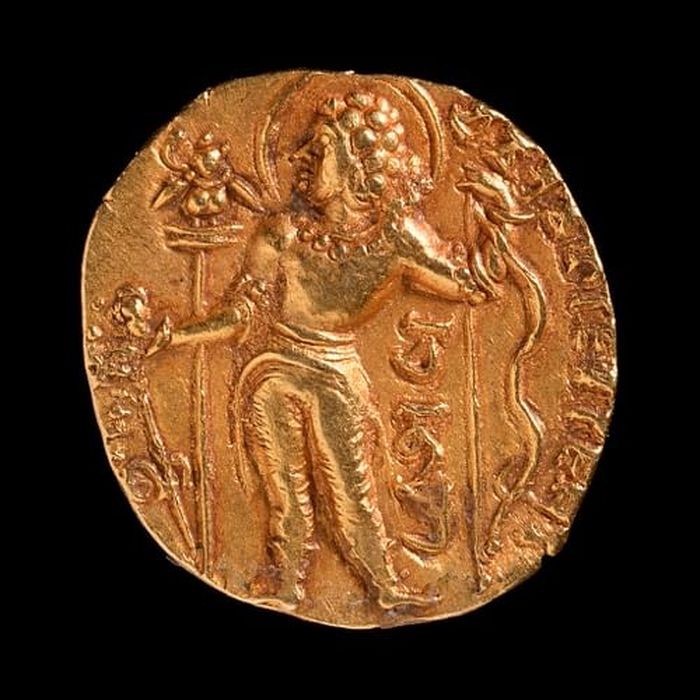
After Samudragupta's tenure in the Gupta Empire, it appears to have been a brief power struggle. Ramagupta, his eldest son, became the next Gupta monarch. Banbhatta, a Sanskrit writer who lived in the 7th century AD, reported this in his biographical work Harshacharita. What Happened Next is part of Visakh Dutta's drama Devi Chandra Gupta, written in Sanskrit.
Ramagupta was defeated by a Scythian ruler of Mathura, according to legend. However, the Scythian monarch was more interested in Queen Dhruvadevi, a well-known scholar, than in the kingdom itself. Ramagupta offered Dhruvadevi to his opponent in order to keep the peace. Chandragupta II, Ramagupta's younger brother, traveled to meet the enemy disguised with some of his close aides. He assassinated the Scythian king while rescuing Dhruvadevi. Dhruvadevi spoke out against her husband's behavior. Ramagupta was eventually killed by Chandragupta II, who later married Dhruvadevi.
Chandragupta II (c. 380 - 414 AD), like Samudragupta, was a kind monarch of the Gupta Empire, a skilled leader and skilled administrator. He extended his dominion to the shoreline of the Arabian Sea by defeating the satrap of Saurashtra. Vikramaditya was awarded to him for his valiant efforts, and Chandragupta II established a second capital in Ujjain to better govern his great empire. He also made a point of strengthening the Navy. As a result, the seaports of Tamralipta and Sopara became important maritime trading hubs.
He was also a great supporter of art and culture. His court was adorned by some of the greatest academics of the time, including the Navaratna (nine diamonds). His contributions benefited several humanitarian organizations, orphanages and hospitals. On the side of the route, picnic areas were built for travelers. During this time the Gupta Empire reached its peak, and extraordinary progress was evident in all aspects of life.
Administration and Politics
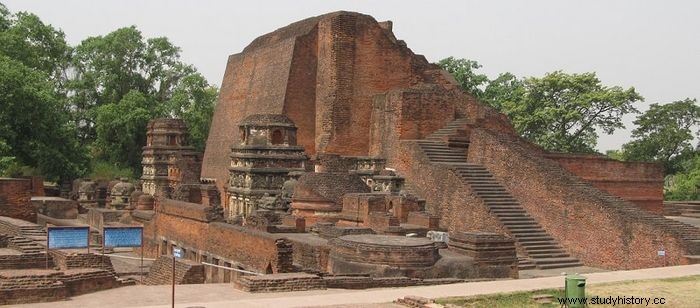
There was a delicate system of government in the great Gupta empire, and the method of battle was known for its efficiency. The vast kingdom was divided into smaller pradesha (provinces), with administrative leaders elected to oversee their administration. In the bureaucratic process, the kings maintained discipline and openness. The penal code was lenient, the death penalty was unheard of, and judicial torture was unheard of. The cities of Mathura and Pataliputra were considered beautiful by Fa Hien. Pataliputra was depicted as a flower town. People could move freely. But according to Fa Hien, it was law and order that prevailed, and theft and burglary were unusual.
The following also says something about the foresight of the Gupta monarchs. Samudragupta accumulated significantly more land in southern India than he cared to include in his empire. As a result, he returned the kingdom to its original rulers in several situations and contented itself with collecting taxes from them. He believed that the enormous distance between this area of the country and his capital, Pataliputra, would make good government difficult.
Socioeconomic scene
The people had a humble existence in the Gupta Empire. The raw materials were affordable, and the general prosperity ensured the fulfillment of their needs. They preferred vegetarianism and abstained from alcohol. Gold and silver coins were issued in large quantities, a typical indicator of the health of the economy. Both in and outside the country, trade and business flourished. Sea transport carried silk, cotton, spices, medicine, priceless gems, pearls, precious metals and steel.
All assumed that Indian iron was impermeable to corrosion due to advanced steel vessels. The 7 m (23 ft) high iron pillar at Delhi's Qutub complex, built around 402 AD, provides evidence of this. US trade relations with the Middle East have improved. Ivory, turtle shells, other African products and silk and medicinal plants from China and the Far East were among the most popular imports. The main commodities inland were food, grain, spices, salt, precious stones, and gold bars.
Religion
The Gupta Empire kings understood that maintaining a good relationship between the various societies was crucial to the empire's success. They were devout Vaishnavas (Hindus who honor the supreme creator as Vishnu), but this did not prevent them from being tolerant of Buddhist and Jain believers. There were plenty of donations to Buddhist monasteries.
Gupta kings built inns and rest homes for Buddhist monks and other pilgrims, according to Yijing. Under their protection, Nalanda flourished as a leading center of education and cultural exchange. North Bengal, Gorakhpur, Udayagiri and Gujarat were the hotbeds of Jainism. Several Jain institutions existed throughout the empire, and Jain councils were held regularly.
Education, science and literature
Sanskrit has regained its lingua franca status and has risen to greater heights than before. Epics such as Abhijnanasakuntalam, Malavikagnimitram, Raghuvansha and Kumarsambhaba were written by the poet and playwright Kalidasa. Allahabad Prasasti was written by Harishena, a great poet, panegyrist and flutist. Sudraka wrote Mricchakatika, Vishakhadatta wrote Mudrarakshasa, and Vishnu Sharma wrote Panchatantra. Both Sanskrit and prakrit linguistics, philosophy and science were influenced by Vararuchi, Baudhayana, Ishwar Krishna and Bhartrihari.
Varahamihira contributed to the sciences of astronomy and astrology and wrote Brihatsamhita. Surya Siddhanta was written by Aryabhata, a brilliant mathematician and astronomer who covered many topics in geometry, trigonometry and cosmology. Shanku undertook to write geography texts. Dhanvantri's discoveries helped with the refinement and efficiency of the Indian medical system Ayurveda.
Inoculation against infectious diseases was performed by physicians skilled in surgical operations. Dhanvantri's birthday is still commemorated by Dhanteras, two days before Diwali. This intellectual renaissance was not limited to royal courts. The complexity of Sanskrit literature, oratorio, intellectual discussion, music and painting was encouraged to be learned. Several educational institutions were set up, and those that already existed continued to receive support.
Culture, art and architecture
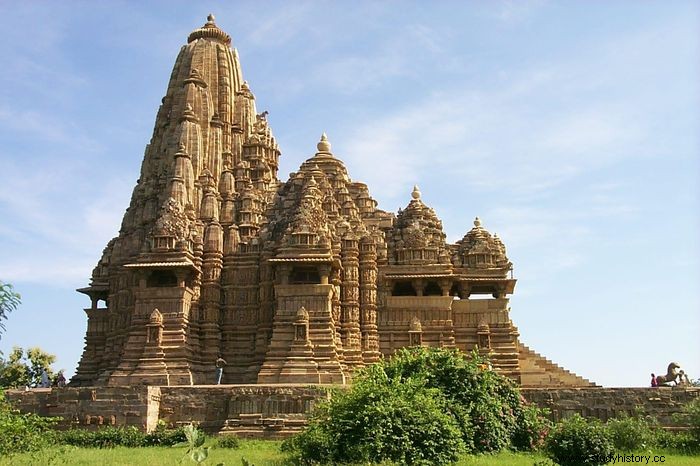
Hindus do not view religious, aesthetic, and scientific views as necessarily contradictory. On the contrary, in all their finest works, whether musical, literary or plastic, these views are today so sharply separated, inseparably united, as the philosopher and historian Ananda Coomaraswamy wrote in The Arts &Crafts of India &the Ceylon.
Ajanta, Ellora, Sarnath, Mathura, Anuradhapura and Sigiriya are among the best examples of painting, sculpture and building. Everywhere, especially in urban planning, they followed the core ideas of Shilpa Shastra. Intricately designed gold coins, jewelry, metal sculptures, stone-studded gold stairs, iron columns, jewelry and metal sculptures say a lot about the skills of metalworkers. Carved ivory, wood and lacquer work, brocades and embroidered fabrics flourished during this period.
Vocal music, dance and seven different musical instruments, such as veena (an Indian string instrument), flute and mridangam (drum), were the norm rather than the exception. As a sign of devotion, these were performed daily at temples. Artists and writers were encouraged to reflect on the images inside. They captured the essence of their works in the traditional Indian way. "Oh, Lord of all gods, tell me in dreams how I will perform all the tasks I have in my mind," says Agni Purana.
The Fall of the Empire
Kumaragupta I (c. 415 - 455 AD) of the Gupta Empire ruled over the vast empire with skill and talent after the death of his father, Chandragupta II. He was effective in maintaining peace and rejecting significant challenges from the Pushyamitra clan. His able son Skandagupta (455–467 AD), the last of the sovereign emperors of the Gupta dynasty, helped him. He also succeeded in preventing the females from invading (the Heftalites). Skandagupta was a clever emperor and a sovereign scholar. He completed various construction projects for the benefit of the residents, including the repair of a dam at Lake Sudarshan in Gujarat. However, the heyday of the empire was drawing to a close.
After Skandagupta's death, the dynasty became embroiled in internal strife. The kings could not rule over such a large empire as the former emperors had. As a result, law and order began to deteriorate. In addition, the Huns and other foreign nations continued to attack them regularly. The economic well-being of the empire was damaged as a result.
Fall of the Gupta Empire
Furthermore, the monarchs were more concerned with complacency than preparing for the challenges of their opponents. Ministers and ineffective administrative heads also followed. At the suggestion of his advisers, the Gupta king released Baladitya Mihirakula, one of the most powerful Heftalite monarchs of the time, after his defeat and capture. The Huns later returned to destroy the empire, eventually stopping it in 550.
The empire eventually fell apart due to circumstances such as significant territorial and imperial loss of power caused by former feudatories and the invasion of Central Asia by the Huna people. After the fall of the Gupta Empire in the XNUMX century, India was ruled by a number of provincial empires.
the conclusion
The Gupta Empire was one of the most prosperous and prosperous kingdoms in the history of India. Many establishments, prosperity and resources flourished during this empire.
